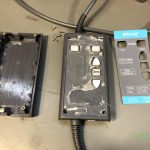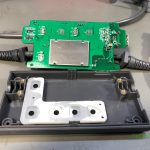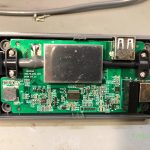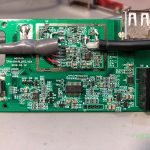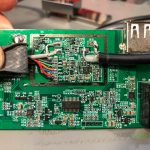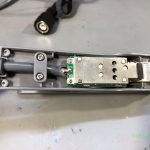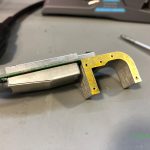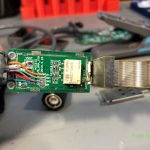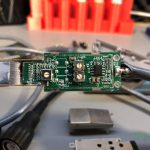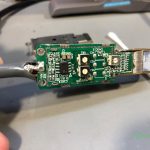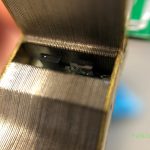If you’re an electronics enthusiast or professional, you understand the importance of having a reliable and high-quality power supply on your workbench. The UNI-T UDP3305S has been making waves in the industry, and after using it for a month, I can confidently say it’s my favorite bench power supply.
However, a thorough review wouldn’t be complete without a deep dive into its inner workings. In this blog post, I’ll share my findings from tearing down this impressive device. The teardown process revealed a level of build quality that exceeded my expectations. From the matte green FR4 PCB, which is a hallmark of high-end production lines, to the tidy wiring and locking connectors, every aspect screamed attention to detail.
The toroidal transformer, mounted on a solid bracket with rubber insulation, is a testament to the engineering prowess behind this power supply. One of the standout features is the modular design. The back IO panel, main body, and front panel are separate modules, making servicing and maintenance a breeze.
The power stage module, which houses the independent channels, is a marvel of engineering. It features current shunts, bridge rectifiers, MOSFETs for regulation, and relays for input voltage transformer tap selection. The front panel is where the real magic happens. It houses the brains of the operation – an STM32H750 microcontroller, a powerful Cortex-M7 with a floating-point unit and advanced peripherals.
Complementing this is a trio of high-precision DAC (DAC8562) and ADC (ADS1118) chips, ensuring accurate voltage and current regulation across all channels. Throughout the teardown, I was impressed by the attention to detail and the use of high-quality components. From the Fujicon and Macon capacitors to the Hongfa relays, every component has been carefully selected to deliver exceptional performance.
In conclusion, the UNI-T UDP3305S is not just a powerhouse on the outside; it’s a masterpiece of engineering on the inside as well. The build quality, modular design, and top-notch components make it a worthy investment for anyone seeking a reliable and precise bench power supply.
